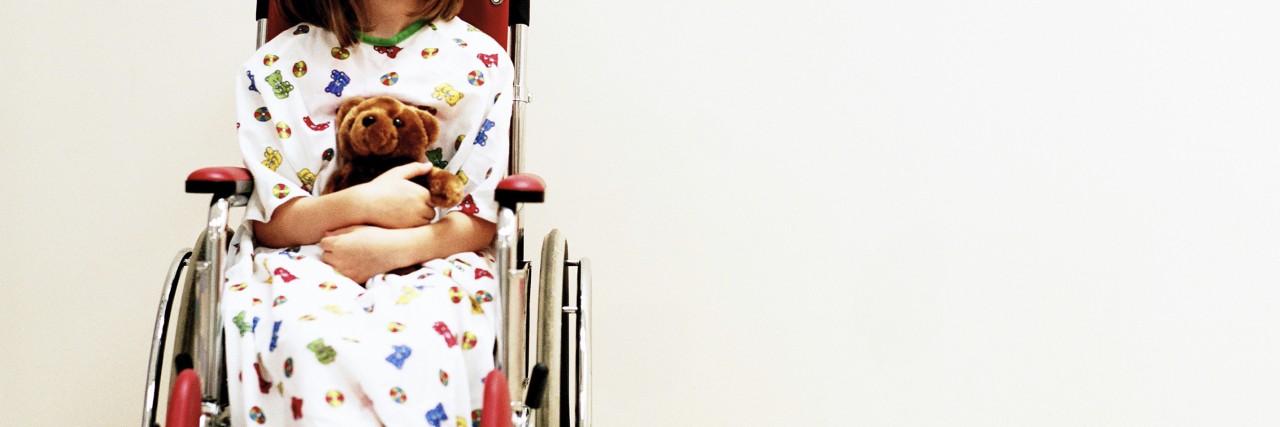A few weeks ago, I saw this video of a girl receiving an American Girl Doll with a custom alteration. The doll had been amputated at the knee and given a prosthetic leg, just like her owner. The girl gasps when she opens the box and quickly bursts into tears, her young heart unable to cope with the immense flood of joy she’s experiencing. “Do you love her” her mother asks in between the floods of tears. “I love her,” and then in what is perhaps the most moving cry ever heard about a toy she wails, “thank you for making a doll like me!”
I go back to this video often when I am feeling uninspired to work, don’t want to go to rehearsal or sit still long enough to finish a script. It reminds me why I chose to work in entertainment and media, why I spend my days speculating on the lives of fictional characters and manipulating images involving disability, why I chose to become an actor when I could have sought out so many other high paying and stable jobs.
Because representation matters.
Children need toys that reflect themselves and the diversity of the world around them. Toys teach children from a very young age what “normal” is. Just about any little girl wants a doll that looks just like her. And the reason she wants this is not egotism or selfishness. That little girl needs to know she is seen by the world around her. When you make a doll that goes beyond the traditional blonde hair, blue eyes, standard Barbie-like proportions, and create something a child actually can relate to, it tells the child I see you, you are important, you were worth breaking the mould for.
Growing up, I longed to see Barbie in a wheelchair, looking feminine, cool and desirable. The toys made specifically for disabled children were often clunky and almost apologetic in the way they portrayed disability. The block-like wheelchairs which never rolled were usually made by some small speciality company and unavailable at Toys R Us or even Walmart. When I was a teenager Share a Smile Becky came out. She was lacking the glam most of Barbie’s other friend’s had, and the wheelchair couldn’t even even fit in the Barbie Dream House.
Even at that age, when I was too young to understand marketing analysis or economics, the message was clear. The toys my friends and I wanted looked nothing like me. Not only that, the toys that did supposedly look like me weren’t worth putting much thought into.
If I understood this concept at the age of 5 despite my confidence and hugely supportive family, what sort of damage is it doing to children who are yearning to see if the world has a place for them despite their special needs? Better yet, what are we missing when we don’t show abled bodied children such toys have a place in their playroom?
This month Xbox announced that they would start designing avatars with wheelchairs. Before that, Apple announced the AppleWatch was soon to calibrate their fitness app for wheelchair users. In many ways one would expect electronic toys and gadgets to be the first to show diversity when it comes to disability. After all, people who gain independence through technology such as myself are some of the most loyal early adopters. You bet I’ll get in line in the wee hours of a morning for technology that allows me to be dependent on my someone else for one less thing. And for tech manufactures, adding a virtual wheelchair made from pixels and graphics, or programming an algorithm which allows distance pushed in a wheelchair on an AppleWatch costs little in terms of overhead and additional shelf space. After all, it’s the same product being sold to everyone. And with just a little extra programming Xbox has made itself more universally representative.
On occasion I see a new toy on my Twitter feed that represents disability to children, and I jump. Even though I am officially considered to be an adult, seeing a toy like me sends a jolt of excitement through my body. I am again like that innocent girl opening up her custom American Girl Doll for the first time, vulnerable in her self-image, and looking for validation from the world around her that she is worth breaking the mould for.
It is something I may never grow out of.
Image via Thinkstock.

